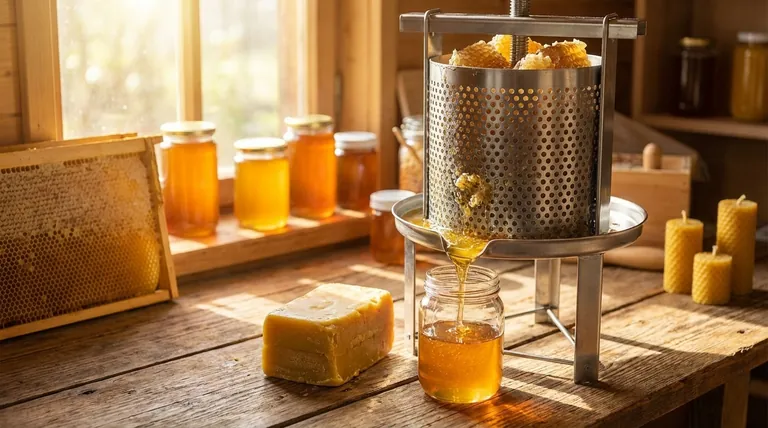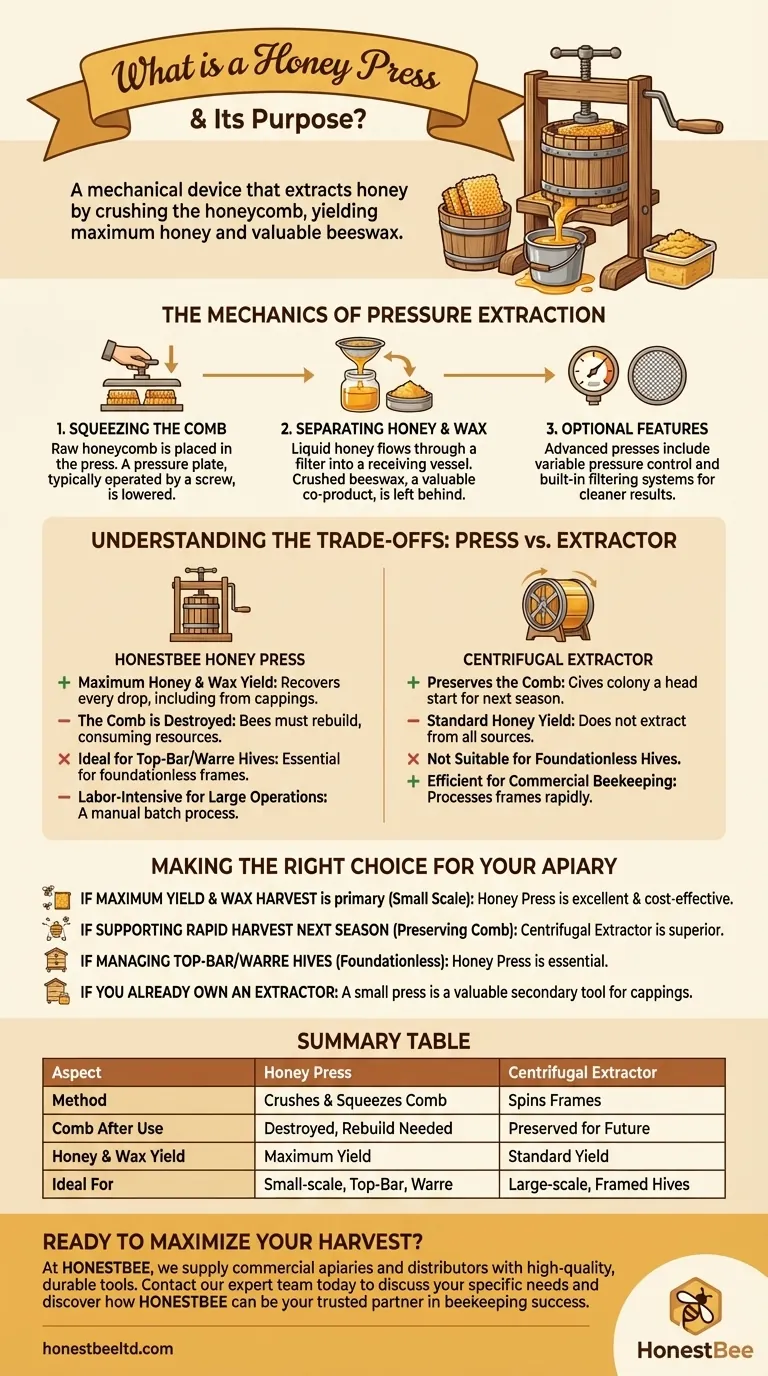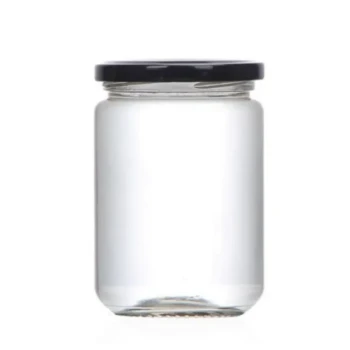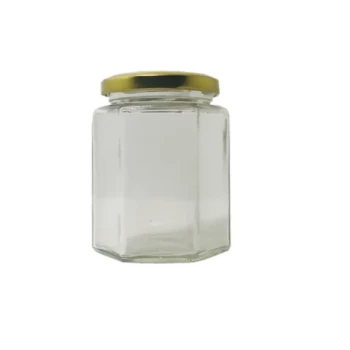In short, a honey press is a mechanical device that extracts honey by crushing the honeycomb. It uses a pressure plate to squeeze the comb, forcing the honey out through a filter or collection spout, leaving behind pure, compressed beeswax. This method is distinct from centrifugal extractors, which spin frames to release honey without destroying the comb.
A honey press is the ideal tool for small-scale beekeepers who want to maximize their honey and wax harvest from a few hives. Its core trade-off is simple: it yields more honey and valuable beeswax per comb but requires the bees to rebuild that comb from scratch.

The Mechanics of Pressure Extraction
A honey press, sometimes called a comb crusher, operates on a very straightforward principle. Understanding this simple mechanism clarifies its role and its key differences from other extraction methods.
The Core Principle: Squeezing the Comb
The beekeeper places raw honeycomb, often cut from the frame, into a slatted or perforated container within the press. A pressure plate, typically operated by a hand-cranked screw mechanism, is then lowered onto the comb. As the user turns the crank, immense pressure is applied, crushing the wax cells and squeezing the honey out.
Separating Honey and Wax
As the comb is compressed, the liquid honey flows through the openings in the container and is collected in a receiving vessel below. The crushed beeswax, now largely free of honey, remains inside the press. This compressed beeswax is a valuable co-product, ready to be cleaned and rendered for use in candles, balms, or polishes.
Optional Features
More advanced presses may include features like variable pressure control to manage the extraction speed. Some also have built-in filtering systems to separate honey from wax particles during the process, resulting in a cleaner final product ready for bottling.
Understanding the Trade-offs: Press vs. Extractor
Choosing a honey press is a strategic decision based on the beekeeper's goals, hive type, and scale. The primary alternative is a centrifugal extractor, and their differences are fundamental.
Advantage: Maximum Honey and Wax Yield
A press is exceptionally efficient at recovering every last drop of honey, including from wax cappings and irregular "burr comb." Because it also yields a block of clean, ready-to-process beeswax, it maximizes the total harvest from the hive's efforts.
Disadvantage: The Comb is Destroyed
This is the most significant trade-off. After being pressed, the honeycomb is destroyed. Bees must expend significant energy and consume large amounts of nectar (roughly 8 pounds of honey to produce 1 pound of wax) to draw out new comb. Preserving the comb, as an extractor does, gives the colony a massive head start for the next season.
Advantage: Ideal for Certain Hive Types
A press is the standard—and often only—method for extracting honey from Top-Bar or Warre hives. These hive designs do not use frames with foundation that can withstand the force of a centrifugal extractor, making crushing the comb a necessity.
Disadvantage: Labor-Intensive for Large Operations
Pressing honey is a batch process that is more manual and slower than using an extractor. While perfect for a hobbyist with a few hives, it is not practical for commercial beekeepers who need to process dozens or hundreds of frames efficiently.
Making the Right Choice for Your Apiary
Ultimately, the right tool depends entirely on your beekeeping philosophy and operational scale.
- If your primary focus is maximum honey yield and wax harvesting from a small number of hives: A honey press is an excellent, cost-effective, and thorough choice.
- If your primary focus is supporting a rapid honey harvest next season by preserving drawn comb: A centrifugal extractor is the superior long-term investment.
- If you manage foundationless frames, Top-Bar, or Warre hives: A honey press is the essential tool for your extraction process.
- If you already own an extractor: A small press is still a valuable secondary tool for recovering honey from wax cappings and scrapings.
Choosing your extraction method is about aligning your equipment with your specific beekeeping goals.
Summary Table:
| Aspect | Honey Press | Centrifugal Extractor |
|---|---|---|
| Method | Crushes and squeezes the comb | Spins frames to release honey |
| Comb After Use | Destroyed; bees must rebuild | Preserved for future use |
| Honey & Wax Yield | Maximum yield from each comb | Standard yield; wax is separate |
| Ideal For | Small-scale, Top-Bar/Warre hives | Large-scale, framed hives |
Ready to maximize your harvest with the right equipment?
At HONESTBEE, we supply commercial apiaries and beekeeping equipment distributors with the high-quality, durable tools they need to succeed. Whether you're evaluating honey presses for a small operation or need reliable extraction equipment at scale, our wholesale-focused operations are designed to support your business.
Contact our expert team today to discuss your specific needs and discover how HONESTBEE can be your trusted partner in beekeeping success.
Visual Guide

Related Products
- Easy Use Manual Stainless Steel Honey Press for Honey Comb
- Stainless Steel Manual Honey Press with Guard for Pressing Honey and Wax
- Stainless Steel Honey Press Wax Press with Tank
- 10L Stainless Steel Electric Honey Press Machine
- Honey Wax Separating Wax Press with Metal Screw Wax Separator Machine
People Also Ask
- What are the two most popular types of machines for honey extraction? Choose the Right Tool for Your Apiary
- How does a honey press work? A Guide to Simple, High-Yield Honey Extraction
- What is the procedure for pressing honey? A Simple, Low-Cost Method for Small-Scale Beekeepers
- How does a honey press benefit chunk honey production? Unlock Authentic, Artisanal Honey Quality
- What is the purpose of a honey press? Maximize Yield for Small-Scale Beekeeping



















